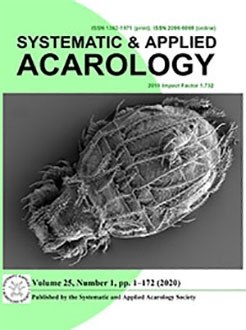Turkey has great potential in vegetable production especially in greenhouses. However, plant pests such as Tetranychus urticae Koch can cause significant yield losses with the contribution of suitable climate conditions of greenhouses that allow to fast development of spider mites. Although synthetic acaricides are the most preferred control tools to manage T. urticae populations in Turkey, control failure has often been reported because of its ability to quickly develop resistance. In this study, bifenthrin and hexythiazox toxicity over five field-collected strains were evaluated and mechanisms of resistance have also been investigated via biochemical and molecular methods. Resistance mutations in voltage gated sodium channel and chitin synthase I which are the target sites of bifenthrin and hexythiazox, respectively, were found in various strains. The specific activity of P450 and GST enzymes was significantly increased in all field-collected strains comparing with susceptible strain. In addition, synergists of P450 and esterase enzymes enhanced the bifenthrin and hexythiazox toxicity, respectively. The results of this study will contribute to design proper resistance management strategies in Turkish greenhouses.
How to translate text using browser tools
31 January 2020
Acaricide resistance and mechanisms in Tetranychus urticae populations from greenhouses in Turkey
Yasin Nazim Alpkent,
Emre İnak,
Selçuk Ulusoy,
Recep Ay
ACCESS THE FULL ARTICLE
acaricide resistance
bifenthrin
detoxification enzymes
hexythiazox
spider mites
target-site mutations





